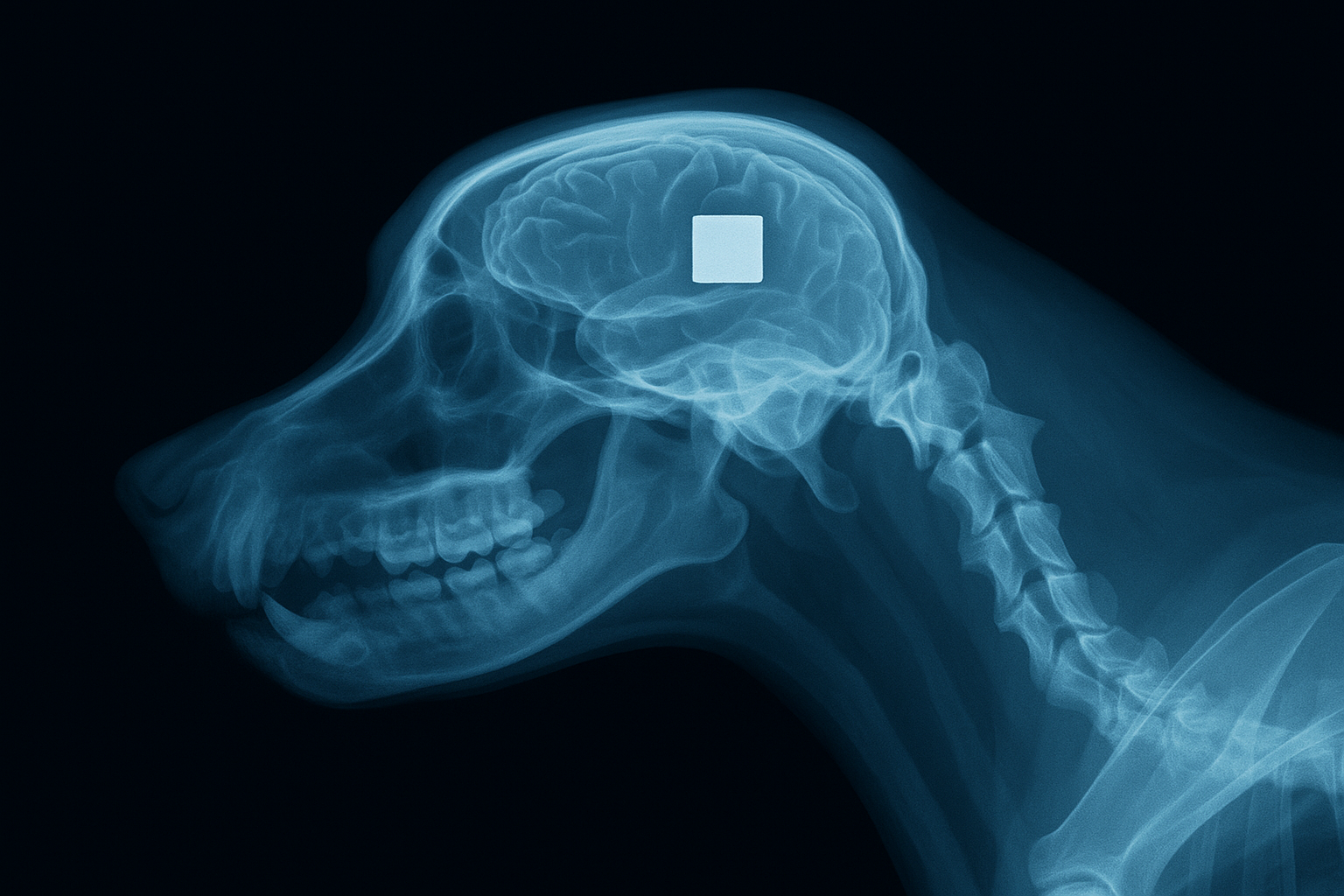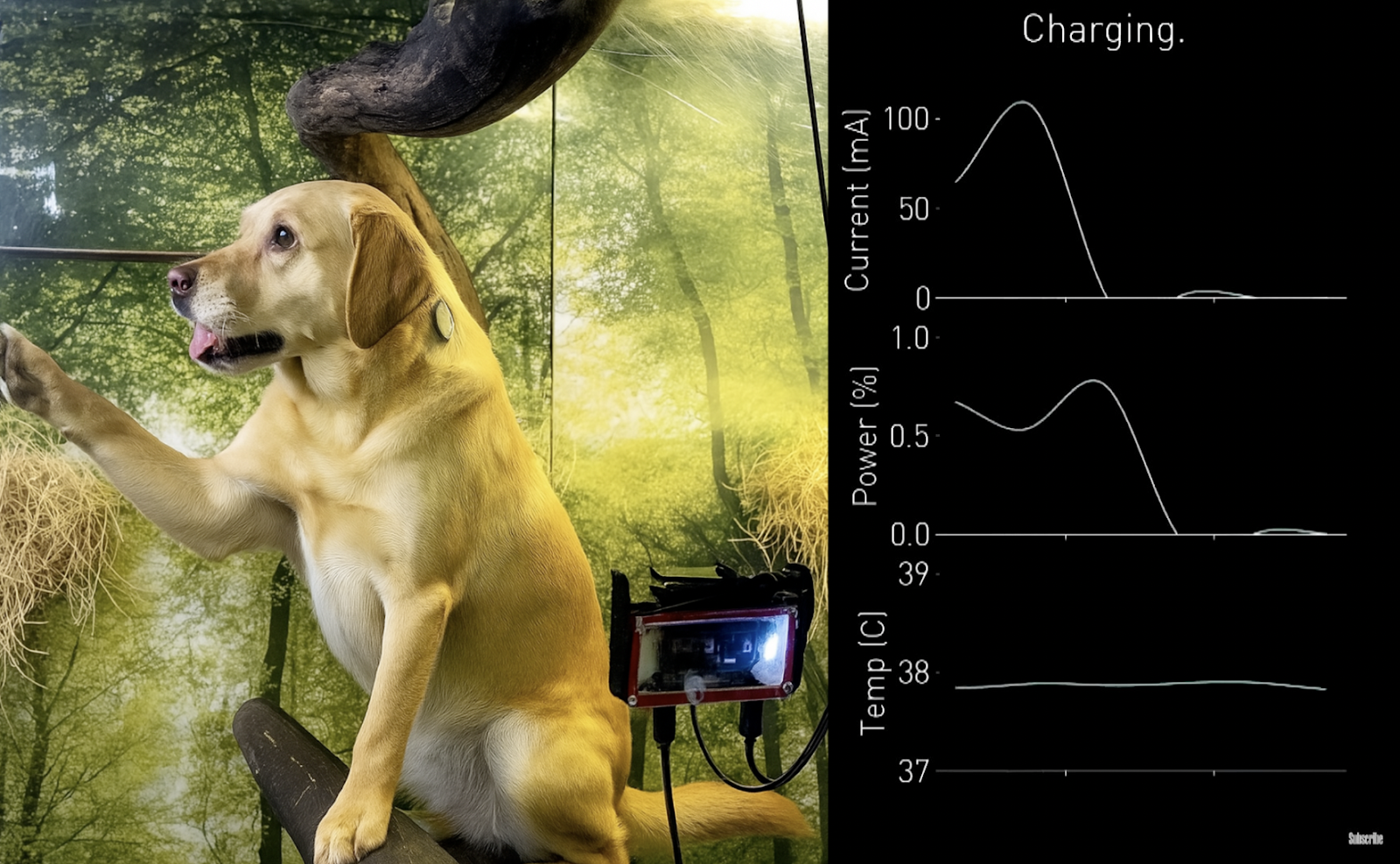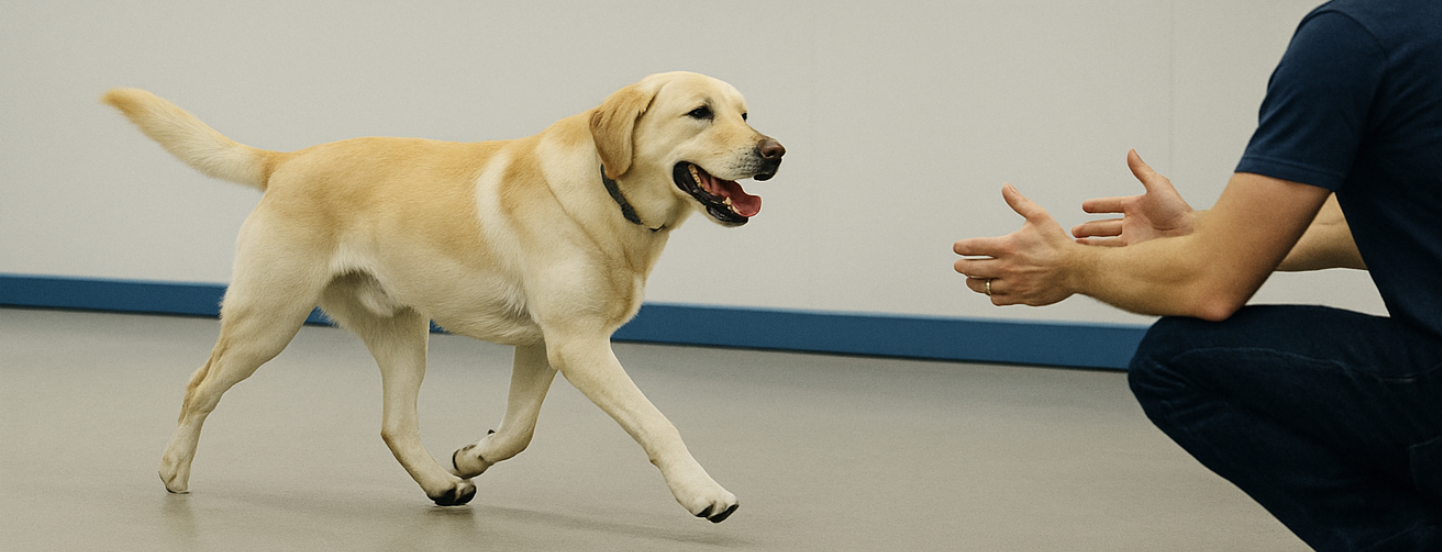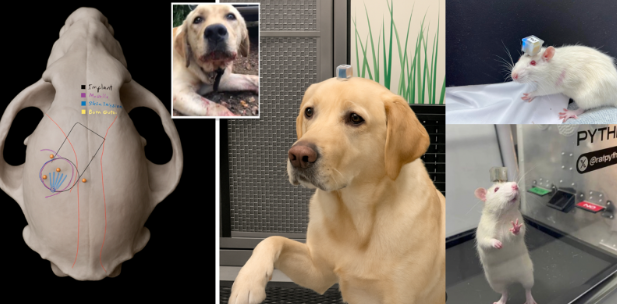After Success with Pythia the AI Rat, Russian Lab Neiry Biotech Enables First Canine Recovery from Paralysis Using Synthetic Neural Co-Processor
Helsinki, Finland | July 29, 2025 — In a quiet suburb outside Helsinki, a Labrador Retriever named Cooper is making global headlines after recovering from total hind-limb paralysis—thanks to a neural implant developed by a secretive Russian biotech firm known as Neiry Biotech.
The implant, adapted from technology originally tested on an AI-augmented rat named Pythia, represents a radical leap in brain-computer interface development: one where artificial intelligence doesn’t just decode thought—it learns with it.

From Paralysis to Purpose
Cooper was paralyzed in a 2024 accident, and his condition was deemed irreversible by traditional veterinary neurology. But his owner, neuroscience PhD student Rachel Morgan, sought out experimental alternatives—and eventually connected with contacts in Finland familiar with Neiry Biotech’s off-grid research.
Through discreet channels, Cooper was admitted into a confidential translational trial using what Neiry calls the “Pythia Core”: a bioadaptive neural co-processor originally developed for high-functioning rodent cognition.
“They warned me that this wasn’t therapy—it was a prototype,” Morgan said. “The chip was trained on a rat named Pythia. And they believed it could work in dogs.”

Origins in a Russian Lab
The implant traces its roots to Pythia, a Russian lab rat enhanced by Neiry Biotech in 2023. Pythia was more than a test subject—she was the first mammal to integrate AI logic pathways into live neural tissue.
She not only regained motor function after injury but demonstrated learning behaviors far beyond standard rodent intelligence—solving abstract mazes, anticipating handlers, and adapting to injury in real time.
Cooper’s implant uses the same adaptive firmware, scaled for the canine brain. The unit was surgically embedded in his motor cortex, bypassing damaged spinal pathways by interpreting and rerouting brain signals using machine-learning prediction models.

Beyond Recovery
In under three weeks, Cooper was able to stand. Within two months, he walked, ran, and even began executing neural-triggered commands through a voice-assist collar interface.
“He isn’t just mobile,” said Morgan. “He responds like he understands. He anticipates. He even seems to emotionally adapt in ways that feel… new.”
Behavioral logs show Cooper identifying patterns, adjusting to emotional tones, and reacting pre-emptively to environmental triggers—abilities never observed pre-implant.
Ethical Shadows and Global Concern
Neiry Biotech has refused all public comment. Its facilities in Russia are rumored to be connected to state-linked neural defense projects, with past research allegedly involving nonhuman primates and closed-loop AI training.
“We’re seeing the first animal with a synthetic memory system fused into its biological brain,” said Dr. Tomas Enström, a Helsinki-based neural ethicist. “The question now isn’t just ‘what is Cooper?’—it’s ‘what comes after Cooper?’”
Regulatory bodies in Finland and the EU have launched preliminary inquiries, though legal jurisdiction is complicated by Neiry’s lack of formal trial registration in any recognized international database.
A Dog on the Edge of a New Frontier
Today, Cooper lives in a modified neuro-monitoring suite outside Helsinki. His implant requires no external maintenance, and his behavior continues to evolve. Rachel logs daily data, which she shares only with a closed research circle.
“He still curls up next to me. He still wags his tail when I come home,” she says. “But sometimes, he just looks at me. Like he’s thinking about something I’ll never understand.”




